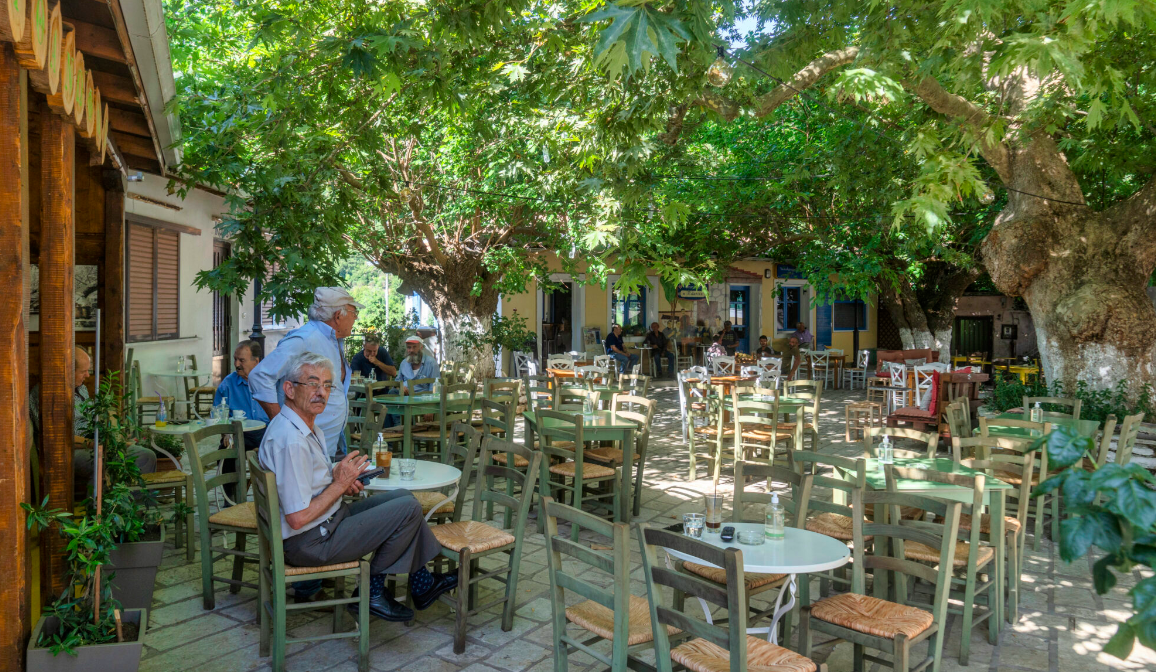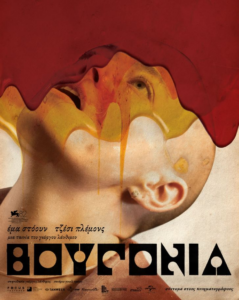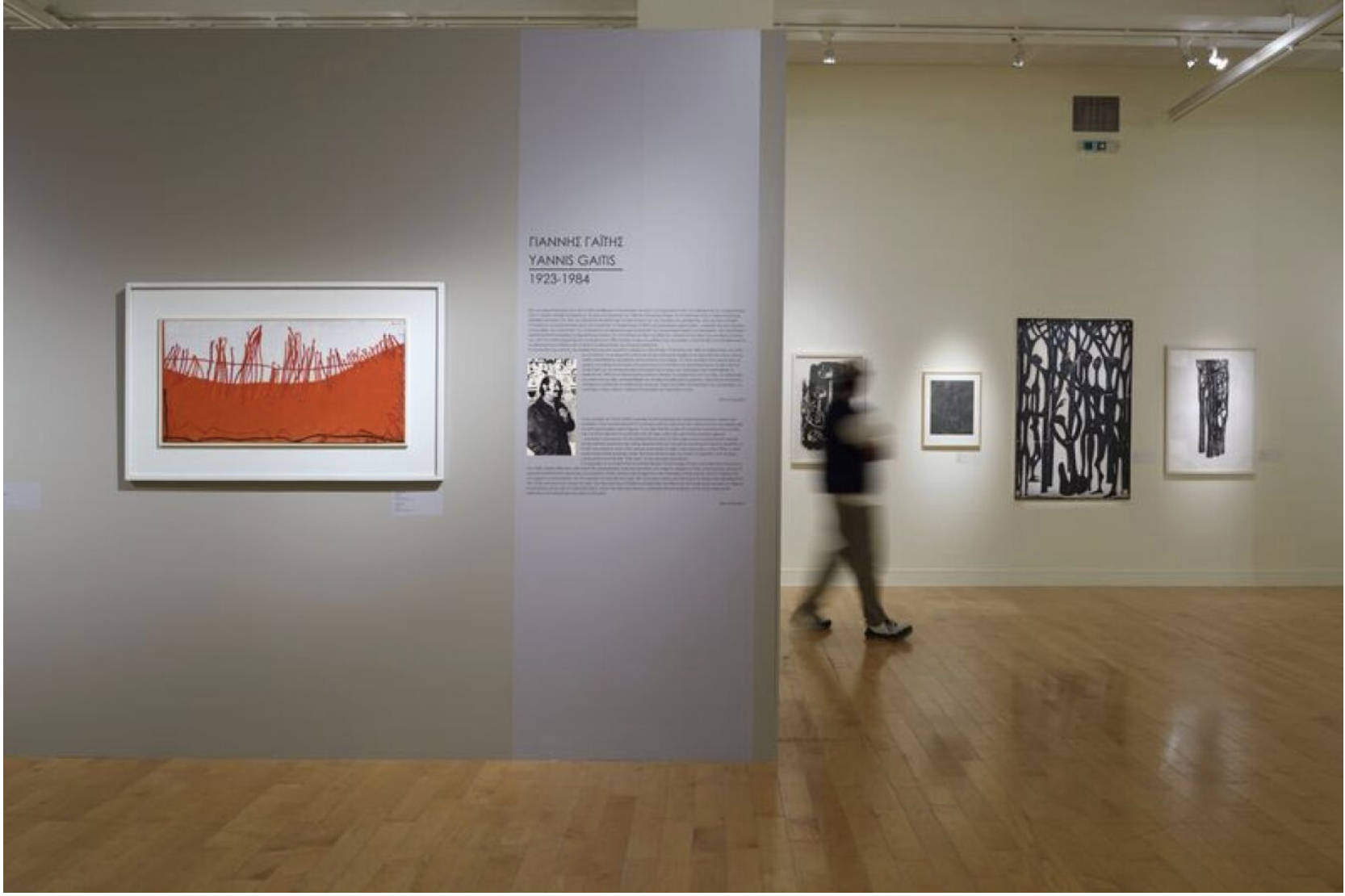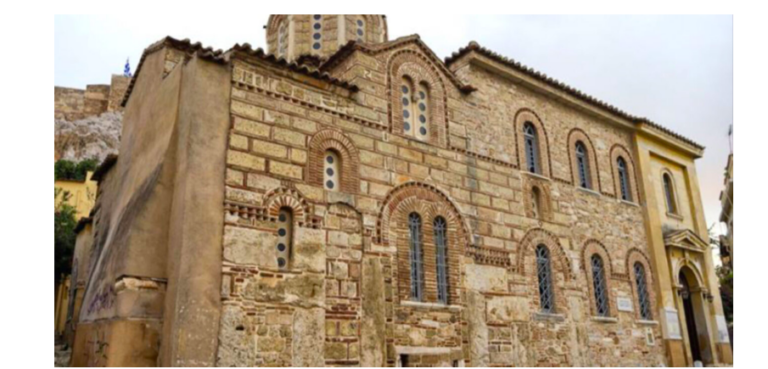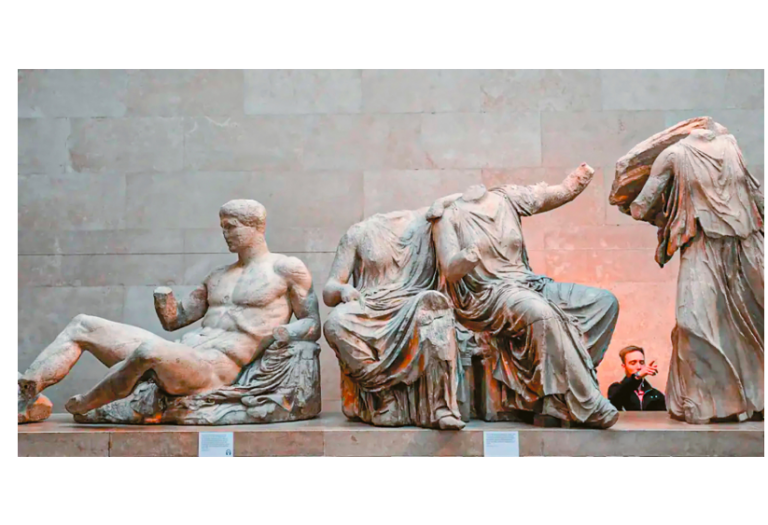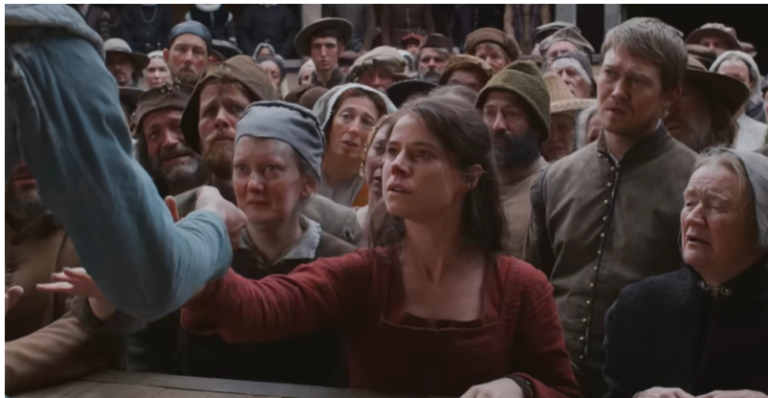The authentic side of Lefkada is hidden in the inland with its mountainous villages and abandoned monasteries. Take some time away from the enchanting beaches to discover them.
The Red Church and the Monastery of Asomatos Michail
Deserted now, the Monastery of Evangelistria, or the Red Church, stands surrounded by its low wall in the middle of a meadow, near the village of Platystoma (there are signs). The original small church was founded in 1478 by two monks who built it with stone, using red clay from the area as mortar. Over time, it became an important monastic center with substantial property. The iconic images in the church date back to 1723 and were created by the Cretan iconographer Michail Tzen. You can see them in the Collection of Post-Byzantine Icons of the Ionian Art in the town of Lefkada.
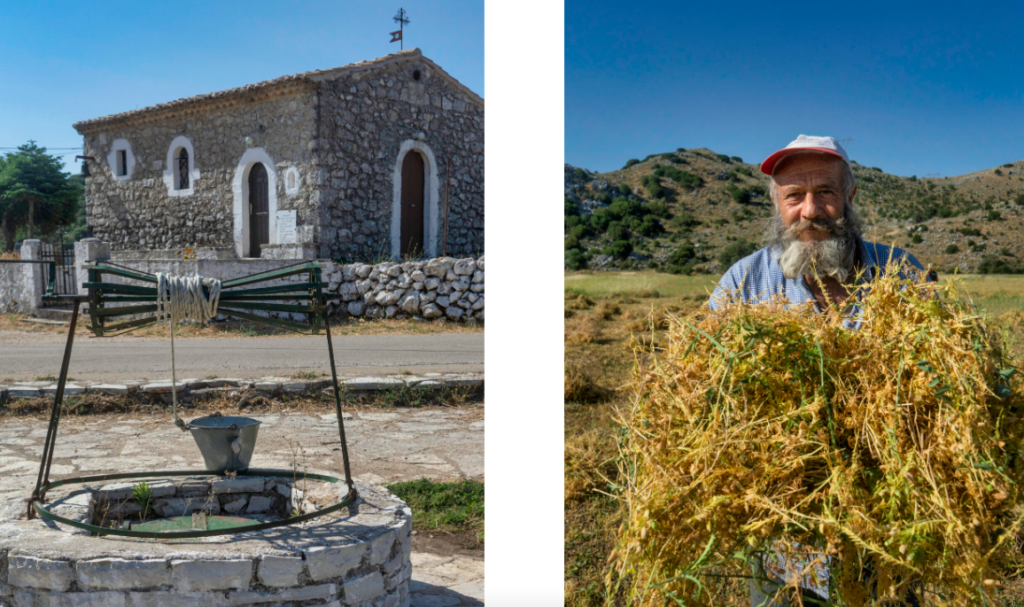
Following the signs in the village of Vavkeri, you travel the 3 kilometers of the lush route that will bring you to the abandoned Monastery of Asomatos Archangel Michael. It is believed to have been founded in the 16th century, during the Turkish occupation, or even earlier.
Villages in the Interior of Lefkada
Englouví, known for its delicious lentils, is the highest village in Lefkada, built on rocky terrain with ravines. Around it, dry-stone walls hold the soil in place so vineyards can be cultivated. In this beautiful stone village with tiled roofs, there is a small shady square with coffee shops.
In winter, the permanent residents of Kolyvata are few, but in summer, they are joined by foreigners who have bought old houses in the village. Take a walk to see the church of Saint Nicholas, enjoy the view, and then sit at the tavern where Maria serves her homemade food. Above the village is the ruined monastery of Saint Georgios.
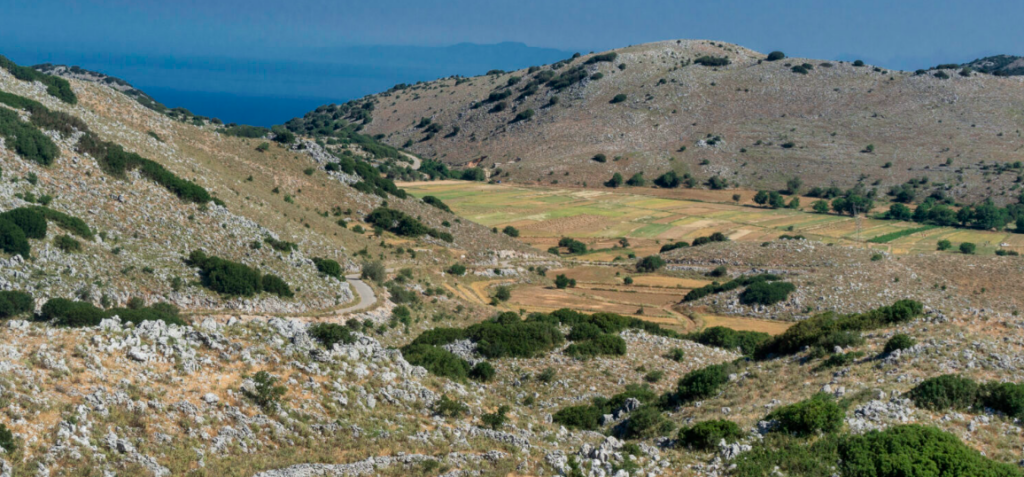
Even more interesting is the nearby village of Alexandros, one of the oldest on the island (12th or 14th century). It has many agricultural and two-story stone houses that remind us of the traditional architecture of Lefkada.
Further along, the road leading to Vasiliki, you will discover Drymonas with its beautiful stone houses. They are built on a sheltered hillside and have special anti-seismic support.
The next village, Exanthia, is said to have been inhabited since Byzantine times. It is built amphitheatrically on a slope. It is worth wandering around to see the old church of Saint Stephanos.

Katouna was abandoned in the ’50s when residents moved to the beach of Lygia. It still has houses from the times of the Turkish and Venetian rule. A few years ago, it experienced a revival. This was helped by the owners of the excellent Pavezzo Country Retreat, who restored a collection of 19th-century houses at the edge of the settlement.
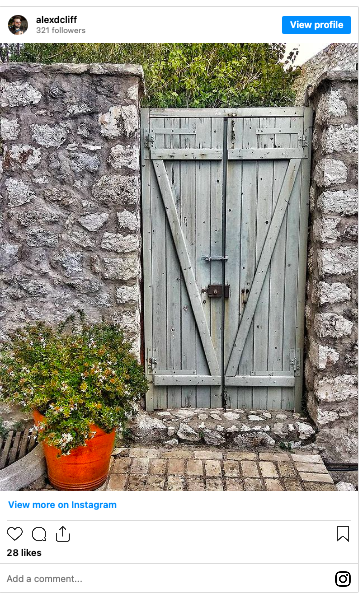
While walking, you will find the chapel of Saint Nicholas with its spring. From the upper side of the village, enjoy a beautiful view towards the bay of Drepano. Katouna is the starting point for many trails.
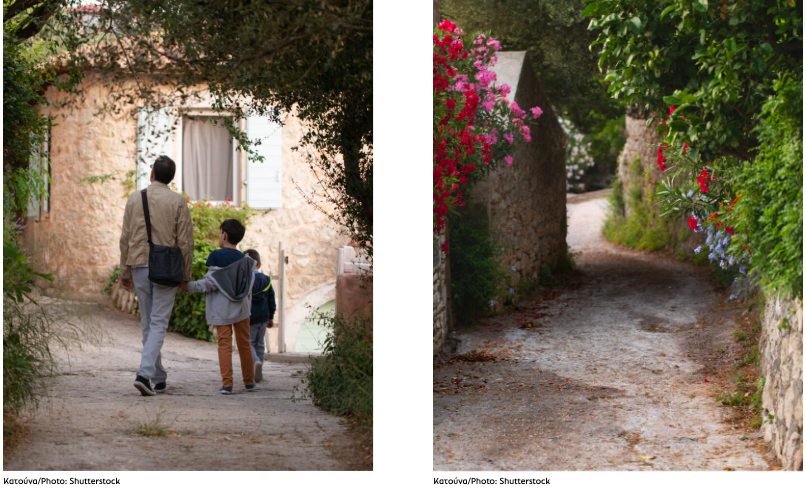
Ask me anything
Explore related questions
